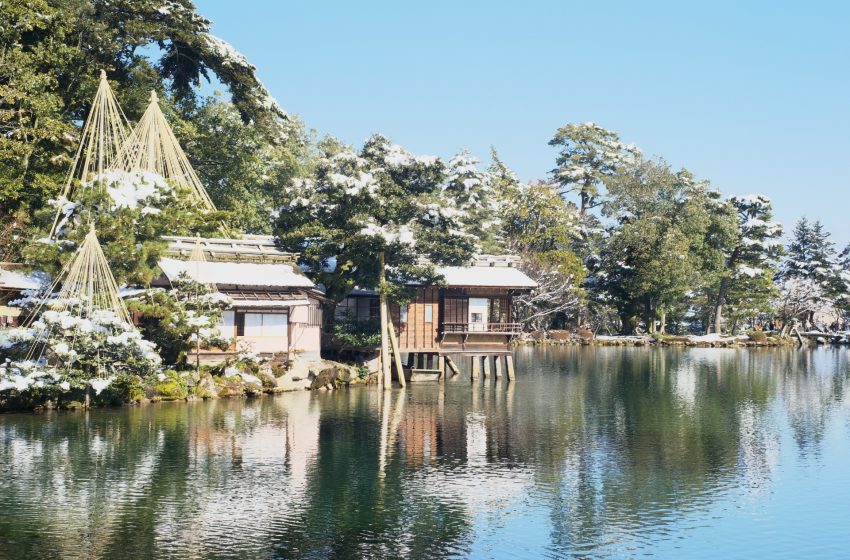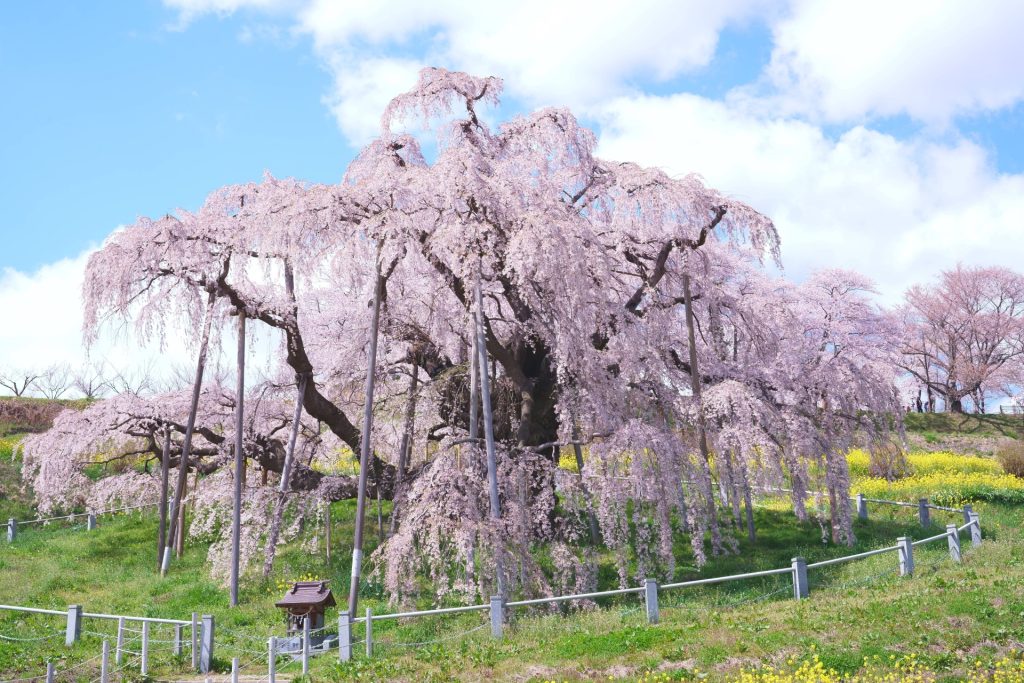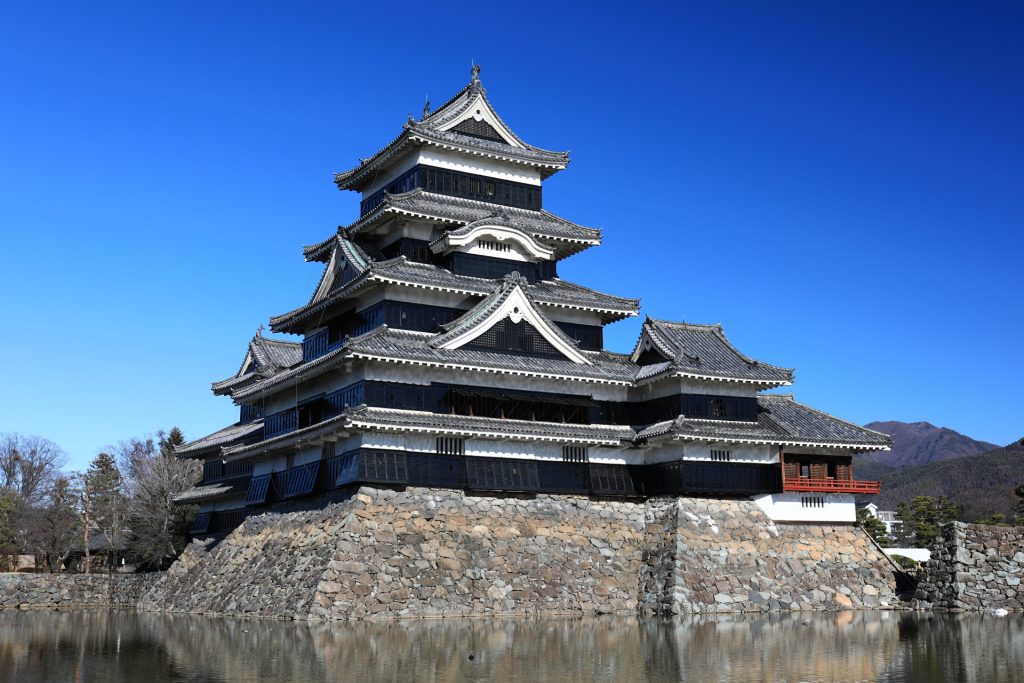
Exploring the Three Great Gardens of Japan: A Journey Through Time and Nature
Japan, a country celebrated for its deep appreciation of nature and meticulous garden design, is home to countless beautiful gardens. Among these, three stand out as the pinnacle of Japanese landscape gardening, collectively known as the “Three Great Gardens of Japan” (日本三名園, Nihon Sanmeien). These gardens, each with their unique charm and historical significance, offer visitors a glimpse into the artistry and philosophy of Japanese garden design through the ages. Let’s embark on a journey through these magnificent gardens: Kenrokuen in Kanazawa, Korakuen in Okayama, and Kairakuen in Mito.
1. Kenrokuen Garden, Kanazawa
Kenrokuen, located in Kanazawa, Ishikawa Prefecture, is perhaps the most celebrated of the Three Great Gardens. Its name, meaning “Garden of the Six Sublimities,” refers to the six ideal characteristics of a perfect garden: spaciousness, seclusion, artifice, antiquity, watercourses, and panoramas. Originally developed as the outer garden of Kanazawa Castle over several centuries, Kenrokuen has been open to the public since 1871.
The garden is known for its stunning beauty in all seasons, featuring a variety of trees, ponds, waterfalls, and teahouses, all meticulously arranged to harmonize with the natural landscape. The iconic Kotojitoro Lantern and the gracefully draped Yukitsuri (ropes attached in a conical array to branches of trees to support them under the weight of heavy snow) are among its most photographed features.
2. Korakuen Garden, Okayama
Korakuen in Okayama is a prime example of a traditional Japanese stroll garden, designed to present a series of picturesque landscapes as visitors follow its winding paths. Constructed in 1700 by Ikeda Tsunamasa, lord of Okayama, this garden was designed for the entertainment of guests and the enjoyment of the lord and his family.
Korakuen stands out for its open lawns, a rarity in Japanese gardens, which are balanced with patches of woodland, ponds, streams, and tea plantations. The garden offers stunning views of Okayama Castle, creating a beautiful contrast between the cultivated garden and the imposing architecture of the castle. The garden is particularly famous for its plum and cherry blossoms in spring, irises in summer, and maple leaves in autumn.
3. Kairakuen Garden, Mito
Kairakuen, located in Mito, Ibaraki Prefecture, was built in 1842 by Tokugawa Nariaki. Unlike Kenrokuen and Korakuen, which were initially reserved for the ruling elite, Kairakuen was designed with the public in mind, embodying the principle of sharing beauty with the people.
Kairakuen is most famous for its over 3,000 plum trees of more than 100 varieties, making its plum blossom festival a major attraction in early spring. The garden also features bamboo groves, cedar woods, and the traditional Kobuntei residence, offering insights into the lifestyle of the Edo period. Kairakuen’s design emphasizes harmony with nature, inviting visitors to enjoy the changing seasons in a tranquil setting.
Conclusion
The Three Great Gardens of Japan offer more than just a chance to admire the country’s natural beauty; they are a window into the heart of Japanese culture, history, and aesthetics. Kenrokuen, Korakuen, and Kairakuen each tell a unique story of the vision and care invested by their creators, reflecting the philosophical and artistic ideals of their times. Visiting these gardens provides a peaceful retreat and a profound appreciation for the timeless art of Japanese gardening, making them a must-visit for anyone seeking to experience the depth of Japan’s cultural heritage.




